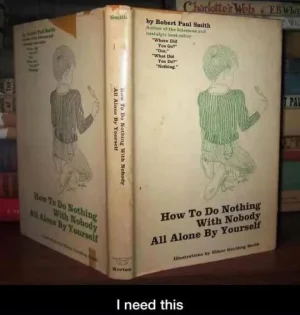Skarekrow
~~DEVIL~~
- MBTI
- Ni-INFJ-A
- Enneagram
- Warlock
The whole cyborg think creeps me out. If transhumanism appeals to you then you can become Robocop one day. I would rather be like Batman. An entirely human lone wolf bad ass.
No...I think it will start small...like the Google glass...you already have those bluetooth things in people’s ears...it won’t be long before people start incorporating these things as implants...such s a tiny speaker implanted in the bone behind the ears where you could hear people talking and music in your head without anyone else being able to and not having to worry about cords and such...you may have to wear some sort of earphones to bed to recharge them...or they could be piezoelectric in nature perhaps?
When they start getting VR to a real useable level (which it is moving toward) then I think we’ll see the implants begin.
There will no less be an anti-implant, anti cyborg group that will arise.
I’m not sure where I stand on the issue personally...my cell phone doesn’t even have a camera that’s how basic it is...not because I can’t use it, I just don’t.
You would be jealous of my phone bill at any rate I’m sure hehe.
I think it holds great promise for people who lose limbs, can’t walk, spinal injuries...my cousin who is paralyzed is one of the guys that demonstrates the robotic legs they are testing out....he still rides in the X-games for the disabled...still does backflips on his snowmobile that caused the whole mess.
He’s very lucky that Monster energy has taken great care of him and his family.
[video=youtube;MaXJsUaOl7I]https://www.youtube.com/watch?v=MaXJsUaOl7I[/video]















































